Pure maple syrup can last for generations thanks to its remarkable natural preservation properties. You'll find its high sugar concentration of 66-67% creates an environment where harmful bacteria and mold can't survive. The syrup's low water content, combined with up to 24 natural antioxidants, provides exceptional protection against spoilage. When you store it properly in airtight glass containers at temperatures between 32°F and 50°F, your syrup will maintain its quality indefinitely. Whether you're aging it in oak barrels or freezing it for later use, understanding these preservation techniques will reveal maple syrup's timeless potential.
The Natural Preservation of Sugar
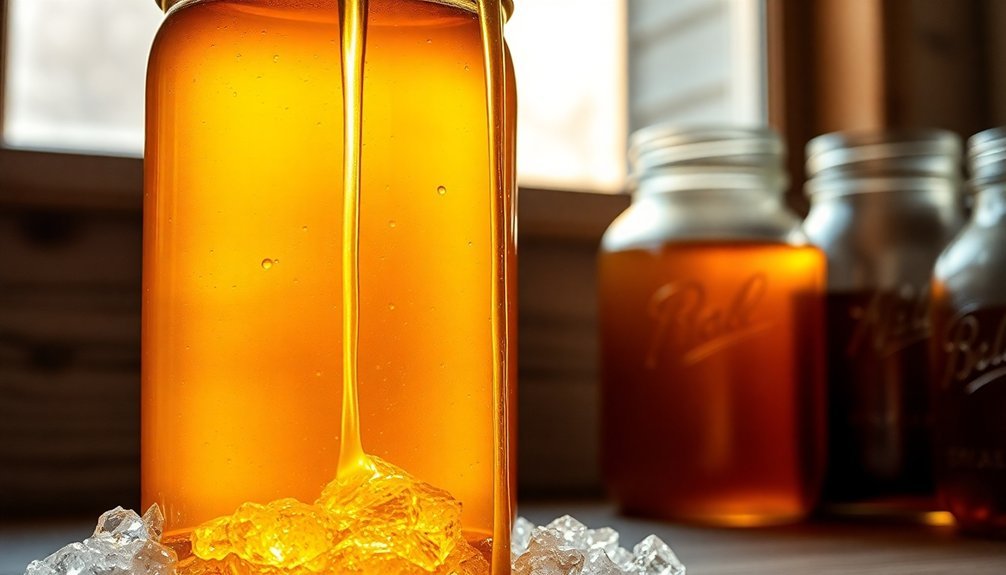
Three key mechanisms make sugar an exceptional natural preservative. First, it actively reduces water activity in foods by absorbing moisture from the environment, creating conditions where harmful microorganisms can't thrive.
Second, it forms a barrier that inhibits enzymatic browning, helping preserve both color and freshness.
Third, it assists in producing beneficial compounds like organic acids and alcohol during fermentation processes, adding extra layers of preservation.
When you're looking at how sugar preserves foods naturally, you'll find it's particularly effective as a desiccant. It draws out moisture from foods, fundamentally dehydrating them to the point where bacteria and molds can't survive. The success of preservation depends heavily on achieving proper supersaturation levels in the solution.
You'll see this principle at work in many traditional preservation methods, from jam-making to fruit preservation.
What's remarkable is sugar's ability to maintain food safety while extending shelf life. It prevents the growth of dangerous pathogens like Salmonella and Clostridium botulinum, making preserved foods safe for consumption even after extended periods.
This natural preservation power means you can store sugar-preserved foods far longer than their fresh counterparts, often maintaining their quality for months or even years.
Ancient Storage Wisdom
The wisdom of maple syrup storage dates back centuries, with Native American tribes pioneering preservation techniques that we still use today. Their fundamental principles of protecting syrup from light, heat, and air continue to guide modern storage methods.
You'll find that the most effective storage starts with selecting the right environment. Keep unopened syrup in a cool, dark basement or pantry, away from direct sunlight and heat sources that can degrade its quality. Modern maple producers and homesteaders alike know that larger bulk containers often provide better value while maintaining quality.
Once you've opened your syrup, you'll need to refrigerate it in an airtight container, preferably a mason jar, to prevent mold growth and maintain freshness.
For long-term preservation, you can freeze your maple syrup. While it won't solidify completely due to its high sugar content, freezing stops all mold growth and preserves quality indefinitely. You're able to thaw and refreeze it multiple times without compromising its integrity.
When handling syrup, always use sterilized equipment and heat the syrup to 82-85°C before filling heated jars. Seal them tightly and invert them immediately to guarantee a proper seal – a technique that's proven effective for generations.
Glass Vs Plastic Storage
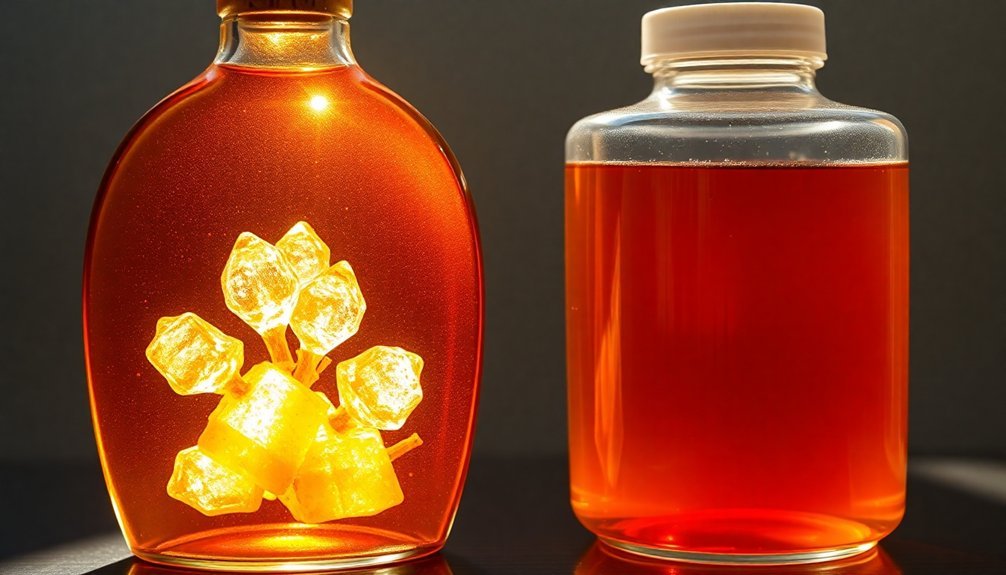
When choosing between glass and plastic containers for maple syrup storage, glass emerges as the superior option for both quality and environmental reasons.
You'll find that glass containers are 100% recyclable and can be reused indefinitely without losing their quality, while plastic containers often end up in landfills and contribute to environmental waste. Recycling one glass bottle can power a lightbulb for four hours.
The impact on your syrup's quality is significant. Glass preserves the pure taste of maple syrup because it's non-porous and impermeable, preventing oxidation and maintaining the syrup's original grade.
In contrast, plastic containers can cause your syrup to drop a full grade in less than a year due to oxygen penetration.
Here are key advantages of glass storage:
- Glass doesn't leach chemicals into your syrup, ensuring it remains free from contaminants
- You can clearly see the syrup's rich color and texture through the transparent container
- Glass bottles can be repurposed for various uses, supporting sustainable practices
Beyond preservation, you're making a choice that affects both your health and the environment.
While plastic containers might seem convenient, they can introduce harmful chemicals and accelerate syrup degradation through increased oxygen exposure.
Temperature Control Matters
You'll find the ideal storage range for maple syrup falls between 32°F and 50°F, which helps prevent crystallization and maintains its original consistency.
Keeping your syrup at a consistent temperature is essential, as fluctuations can lead to unwanted condensation inside the bottle.
To prevent heat damage, you should store your syrup in a cool, dark place and avoid exposing it to temperatures above 50°F, which can accelerate spoilage.
Ideal Storage Range
Maintaining proper temperature control stands as a critical factor in preserving maple syrup's quality and extending its shelf life. You'll want to store your syrup between 32°F (0°C) and 50°F (10°C) to prevent crystallization and maintain its perfect consistency. This ideal range guarantees your syrup ages gracefully while preserving its distinctive flavor profile.
When it comes to storage options, you've got several proven methods:
- Keep opened syrup in the refrigerator to prevent mold growth and slow down potential spoilage.
- Use freezer storage for long-term preservation, as the high sugar content prevents complete solidification.
- Store unopened bottles in a cool, consistent environment within the ideal temperature range.
You'll need to be mindful of temperature fluctuations, as they can cause unwanted condensation inside your bottles. If you're moving syrup between storage temperatures, do it gradually to maintain stability.
Whether you choose refrigeration for everyday use or freezing for long-term storage, you'll find that consistent temperatures are key to maintaining your syrup's quality. Remember, freezing won't compromise your syrup's flavor or texture, making it an excellent choice for preserving your maple syrup indefinitely.
Heat Impact Prevention
Since heat poses a significant threat to maple syrup quality, protecting your syrup from elevated temperatures becomes vital for long-term preservation.
You'll want to store your syrup in a cool, dark place away from direct sunlight and heat sources to maintain its flavor, color, and overall freshness. This simple step prevents degradation and guarantees your syrup stays in prime condition.
Once you've opened your syrup, refrigeration becomes essential.
Store it in an airtight container to prevent mold growth and spoilage. The consistent cool temperature in your refrigerator inhibits bacterial growth and extends the syrup's shelf life. If you're planning for long-term storage, freezing is an excellent option that won't affect the syrup's texture or flavor.
To maintain quality during storage, always use clean utensils and avoid dipping directly into the bottle to prevent contamination.
When crystallization occurs, gently warm the syrup to restore its smooth consistency. Regular inspection for mold or unusual smells helps you catch any potential issues early.
Remember to leave space at the top of freezer-safe containers for expansion when freezing, and thaw frozen syrup in the refrigerator when you're ready to use it.
Proper Canning Methods
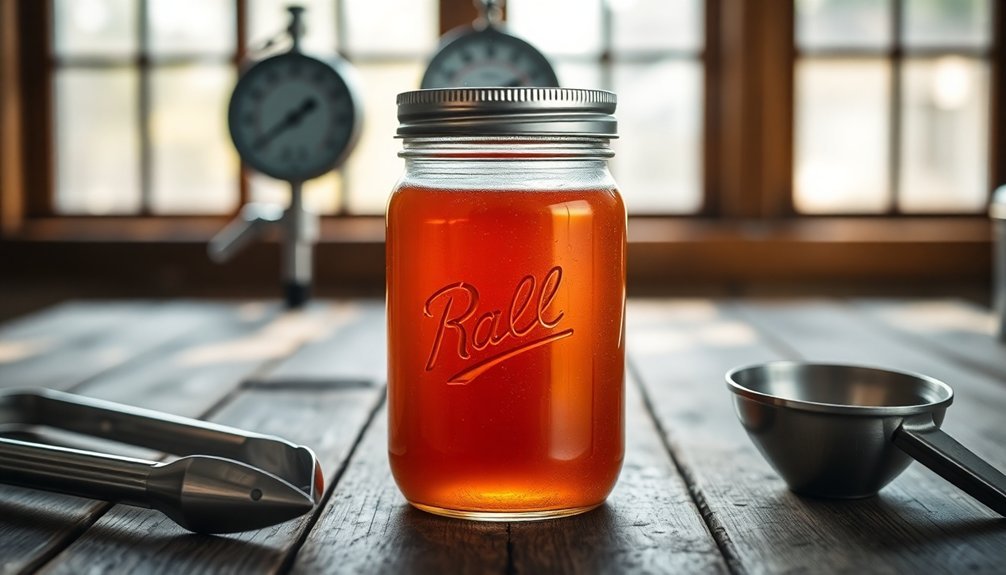
Proper canning methods are essential for preserving maple syrup's quality and preventing spoilage. You'll need to start by thoroughly sterilizing your jars, washing them with hot soapy water, and soaking them overnight to allow mold spores to bloom.
After this initial preparation, boil the jars for 10 minutes, making sure they're completely submerged.
When you're ready to can, heat your maple syrup to 180-185°F – this temperature is vital as it helps create an effective vacuum seal without darkening the syrup. Line your stock pot with a tea towel to prevent jar breakage, and remember to dry the jars completely before filling them.
- Fill sterilized jars with hot syrup, leaving 1/4 inch headspace
- Wipe jar rims clean and immediately affix lids and bands
- Let jars cool for 24 hours, listening for the "pop" that indicates proper sealing
Once you've completed these steps, you'll have maple syrup that can last indefinitely when stored in a cool, dry place.
If you notice any surface mold in wide-mouth jars, you can simply scrape it off – the high sugar content and proper sealing prevent internal contamination. For opened jars, store them in the refrigerator to maintain freshness.
Time-Tested Aging Process
The art of aging maple syrup involves four key components: selecting the right grade, choosing proper containers, controlling temperature, and allowing sufficient time.
If you're planning to age your syrup, start by choosing a Rich Amber grade with robust flavors, as darker syrups tend to develop more complex profiles during aging.
You'll need to store your syrup in either glass jars, stainless steel containers, or oak bourbon barrels.
While glass and stainless steel preserve the syrup's natural flavors, oak barrels can infuse it with distinctive notes of caramel, vanilla, and bourbon. If you're using barrels, remember to spray them occasionally with water to maintain tight seams.
Keep your aging syrup in a cool, dark place with consistent temperature.
Before transferring to aging containers, heat the syrup to about 195 degrees to extract prime flavors, especially when using oak.
You can age your syrup for six months to several years, depending on your desired flavor complexity.
During this time, the syrup undergoes chemical changes as sucrose breaks down into glucose and fructose, creating a more nuanced taste profile and enhanced cooking properties.
Preventing Contamination and Spoilage
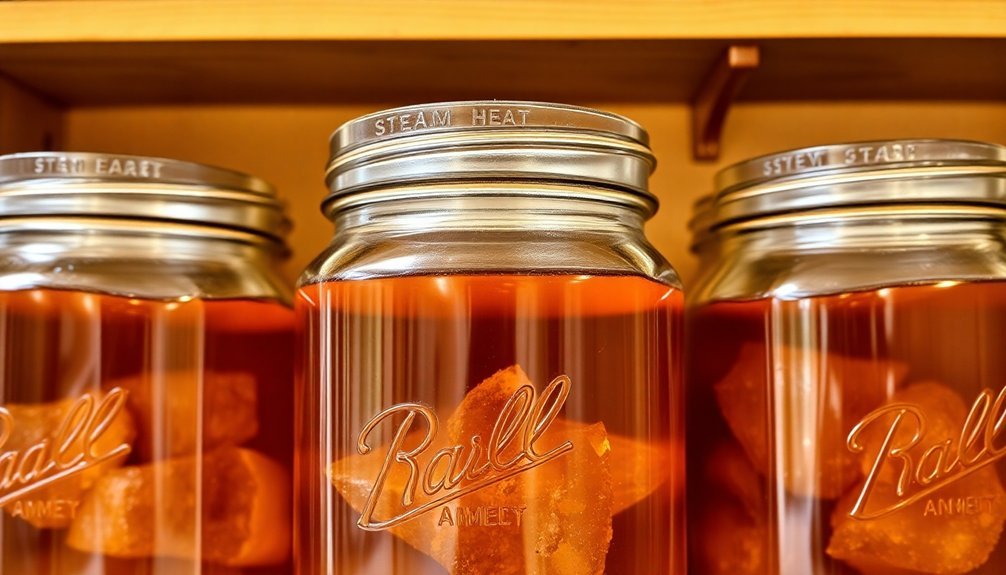
You'll find that selecting the right container for your maple syrup is essential, as airtight, food-grade vessels prevent both contamination and unwanted moisture from compromising your syrup's quality.
Your storage choices should include glass bottles, food-grade plastic jugs, or stainless-steel containers that have been thoroughly cleaned and sanitized before use.
The location where you store your maple syrup matters greatly, with cool, dark spaces being ideal for unopened syrup and refrigeration necessary once the container has been opened.
Proper Container Selection
Selecting an appropriate container for maple syrup storage can make the difference between maintaining its rich flavor for months or watching it spoil prematurely. Glass containers are your best choice for long-term storage, as they'll preserve the syrup's flavor indefinitely while letting you spot any quality issues like cloudiness or crystal formation.
When choosing your storage container, consider these key factors:
- Glass Mason jars with new lids are ideal for storing heated syrup (180-190°F), providing an indefinite shelf life when properly sealed.
- Tin containers work well for up to a year but may eventually impact flavor and develop rust.
- Plastic containers, while lightweight, can affect taste and color over time due to their breathing properties.
You'll want to fill your chosen container completely to eliminate trapped air, which can promote bacterial growth.
If you're using plastic containers, don't store syrup in them for more than three months unless they're specially designed for long-term storage. For amounts lasting beyond three months, transfer the syrup to glass containers, ensuring they're properly sealed to protect against light and heat exposure.
Storage Location Matters
Once you've chosen the right container, proper storage location becomes your next line of defense against maple syrup spoilage. Before opening, you'll want to keep your syrup in a cool, dry pantry or cabinet away from direct sunlight, which can cause darkening and sugar crystallization. Your unopened syrup can last indefinitely when stored properly.
After opening, you'll need to move your syrup to the refrigerator, where it can stay fresh for up to two years. If you won't use it within that timeframe, transfer it to the freezer for indefinite storage. This step is essential as it prevents mold growth and maintains the syrup's quality.
To guarantee your syrup stays safe for consumption, you'll need to be mindful of contamination risks. Use only lead-free equipment for collection and storage, including aluminum, stainless steel, or food-grade plastic containers.
Make sure your processing areas are free of lead-based paints, and use water that meets safety standards for cleaning.
Don't worry if you notice sugar crystals forming – they're not harmful and can be dissolved by gentle reheating. As long as your syrup looks, smells, and tastes normal, it's safe to enjoy.
Long-Term Storage Solutions
Preservation is key when it comes to storing maple syrup for extended periods. You'll find several proven methods that can help maintain your syrup's quality for years or even generations.
Vacuum sealing stands out as a modern solution, effectively preventing oxidation and flavor changes by removing air from specialized bags or containers.
For traditional long-term storage, canning in glass jars remains a time-tested approach. You'll need to sterilize your jars and lids, fill them with hot syrup, and process them in a water bath canner to guarantee a proper seal.
Don't worry if you spot surface mold later – you can simply scrape it off without compromising the syrup's quality.
Here's what you need to focus on for ideal long-term storage:
- Use airtight containers and guarantee proper sealing to prevent contamination
- Store in a cool, dark place to maintain flavor and consistency
- Consider freezing as a reliable option, using containers that allow for expansion
When storing opened syrup, refrigeration is your best friend. Transfer it to an airtight container and keep it cold to prevent mold growth.
If you choose to freeze your syrup, remember to thaw it in the refrigerator when you're ready to use it.
The Science Behind Shelf Life
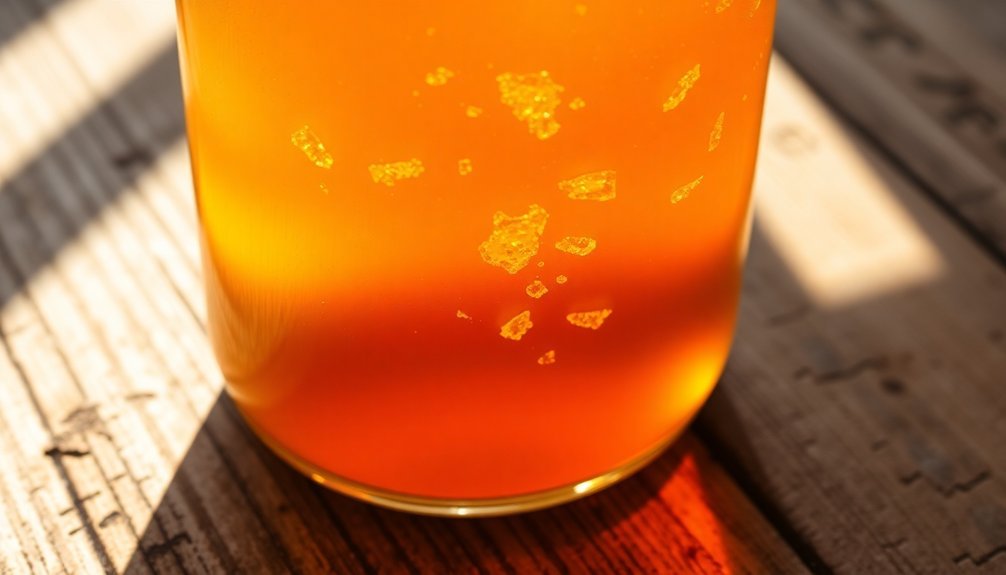
Your maple syrup's incredible shelf life comes from its high sugar concentration, which acts as a powerful natural preservative.
When properly stored, the sugar content creates an environment where most bacteria and mold can't survive or multiply.
This protective quality means you won't need to worry about fermentation or spoilage, as the concentrated sugars actively prevent microbial growth.
Sugar Concentration Protection
The science behind maple syrup's impressive shelf life lies in its carefully controlled sugar concentration. When producers boil maple sap to create syrup, they're targeting a specific sugar content of 66-67%. This precise concentration isn't arbitrary – it's the sweet spot that creates a natural preservation system within the syrup.
At this concentration level, your maple syrup becomes a hostile environment for bacteria and other harmful microorganisms. The high sugar content works by:
- Drawing moisture out of any potential pathogens through osmosis
- Creating an environment where bacteria can't effectively reproduce
- Maintaining stable preservation properties when properly sealed
You'll find that this natural preservation method is so effective that unopened maple syrup can last indefinitely when stored correctly.
However, you'll need to maintain proper storage conditions to keep this sugar-based protection system working. That means keeping your syrup in an airtight container and storing it in a cool, dark place.
Once you've opened the container, refrigeration becomes essential to maintain the syrup's protective properties and prevent any potential contamination that could overcome the sugar's preservative effects.
Natural Preservative Properties
Pure maple syrup's remarkable shelf life stems from a complex combination of natural preservative properties. With up to 24 different antioxidants, the syrup naturally fights off oxidative damage and neutralizes free radicals that could lead to spoilage.
These antioxidants provide considerably more protection than what you'll find in refined sugars, corn syrup, or agave nectar. The syrup's low water content plays an essential role in its preservation. You'll find that this reduced moisture level creates an environment where bacteria and mold struggle to grow, effectively preventing fermentation when you store the syrup properly.
When you're storing your maple syrup, you'll get the best results by keeping unopened bottles in cool, dark places and refrigerating opened containers. For long-term storage, you can freeze the syrup without compromising its flavor or texture.
What makes maple syrup particularly unique is its complete lack of artificial preservatives. You're getting a 100% pure product that maintains its freshness through natural properties alone.
The USDA Grade A certification guarantees you're receiving syrup that's been processed solely through boiling, without any chemical interventions or additives.
Traditional Preservation Techniques
Preserving maple syrup properly guarantees you'll enjoy its sweet, distinct flavor for years to come. The key lies in understanding traditional storage methods that have proven effective across generations.
Store your maple syrup in airtight glass containers rather than plastic ones, as glass better preserves the syrup's color and flavor. Once you've opened a container, refrigeration becomes essential to prevent mold growth and maintain freshness. You'll find that properly refrigerated syrup can last up to two years, though you should always check for signs of spoilage before use.
For extended preservation, consider these time-tested techniques:
- Keep unopened syrup in a cool, dark place like a root cellar or unfinished basement, away from direct sunlight to maintain quality.
- Store opened containers in the refrigerator, where they'll stay fresh and prevent fermentation.
- Freeze syrup in smaller portions for indefinite storage – it won't solidify but maintains a slushy consistency.
When you're ready to use frozen syrup, simply transfer it to the refrigerator for thawing. Remember that crystallized sugar on the cap isn't a concern – it'll dissolve easily with hot water.
Quality Maintenance Through Generations
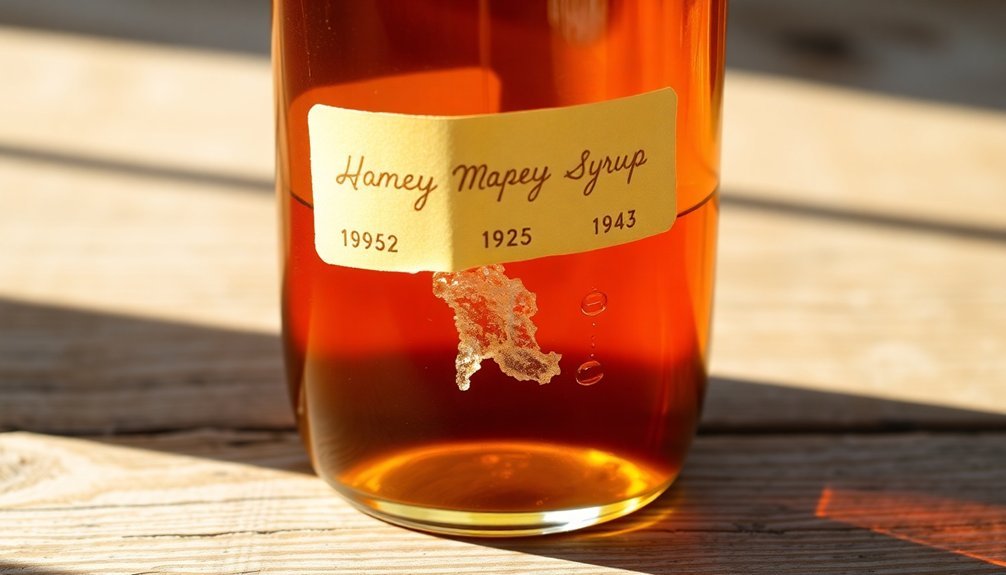
Maintaining maple syrup's pristine quality across generations requires a meticulous approach to production and storage. You'll need to focus on three critical areas: quality control during production, proper storage practices, and consistent grading standards.
During production, you must monitor density measurements carefully to prevent supersaturation and use proper filtering techniques with diatomaceous earth and cloth filters. It's crucial to inspect storage containers regularly, paying special attention to plastic bung gaskets that may need replacement.
To preserve your syrup's quality, you'll want to store it in sealed containers away from light and heat. Consider refrigeration or freezing for extended shelf life, and always keep containers airtight to prevent mold and fermentation. You should monitor storage temperatures to avoid barometric pressure changes that could affect quality.
When grading, you'll need to taste syrup at room temperature and avoid evaluating when you're tired or after consuming strong flavors. Compare samples to known standards and maintain separate samples from each drum.
Remember that syrup naturally darkens over time, so anticipate this when assigning grades. Don't accept even slight off-flavors, as they can compromise your syrup's long-term quality and market integrity.
Frequently Asked Questions
Can Maple Syrup Be Stored in Ceramic or Porcelain Containers?
Yes, you can safely store maple syrup in ceramic or porcelain containers since they're inert materials that won't react with the syrup. They'll protect your syrup effectively, similar to glass storage containers.
Does Altitude Affect Maple Syrup Storage and Preservation Methods?
You don't need to worry about altitude when storing maple syrup. It won't affect your storage methods or preservation techniques. Just focus on proper temperature, container sealing, and keeping it away from light.
How Does Artificial Lighting in Pantries Impact Maple Syrup Quality?
You'll want to minimize artificial lighting in your pantry, as it can trigger oxidation in maple syrup. Like natural light, artificial light exposure will gradually degrade your syrup's quality, affecting both color and flavor.
Can Essential Oils Be Used to Prevent Mold Growth?
Yes, you can use antifungal essential oils like tea tree, clove, thyme, and oregano to combat mold growth. They'll work by damaging mold cell walls and preventing spore formation when diffused or directly applied.
Does Electromagnetic Radiation From Appliances Affect Maple Syrup Storage?
You don't need to worry about electromagnetic radiation from your appliances affecting maple syrup. It won't impact the syrup's quality or storage life. Just focus on refrigeration and proper container sealing instead.
In Summary
You'll find that maple syrup's remarkable longevity comes down to its high sugar content and proper storage techniques. When you store it in glass containers, maintain consistent temperatures, and use traditional canning methods, your syrup can last for decades. Remember to keep it sealed and refrigerated after opening, and you'll preserve this liquid gold's rich flavor and quality for future generations to enjoy.
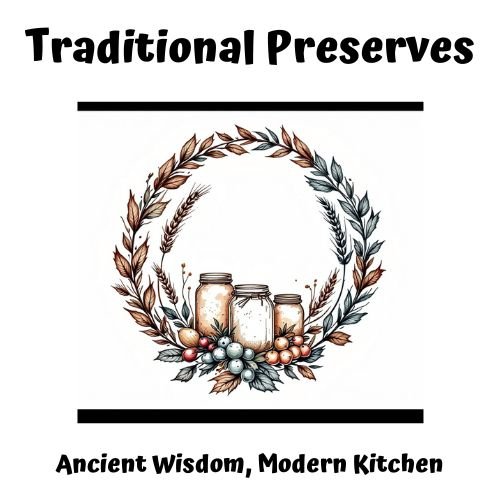

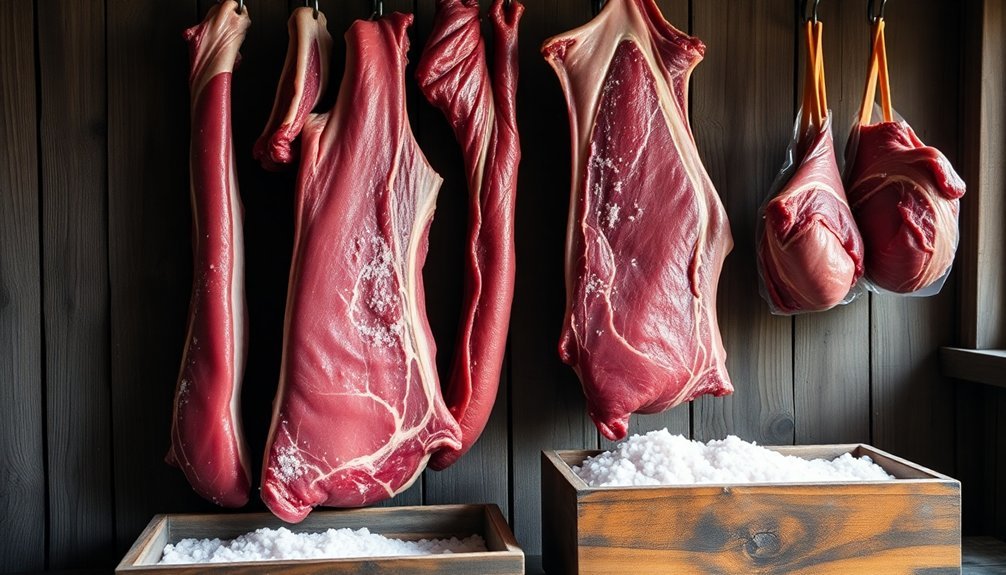
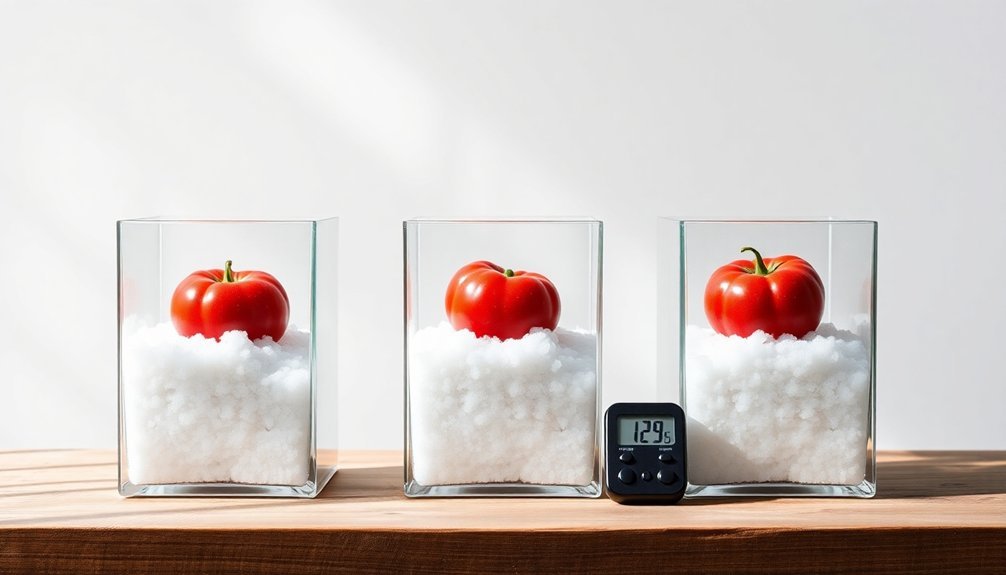
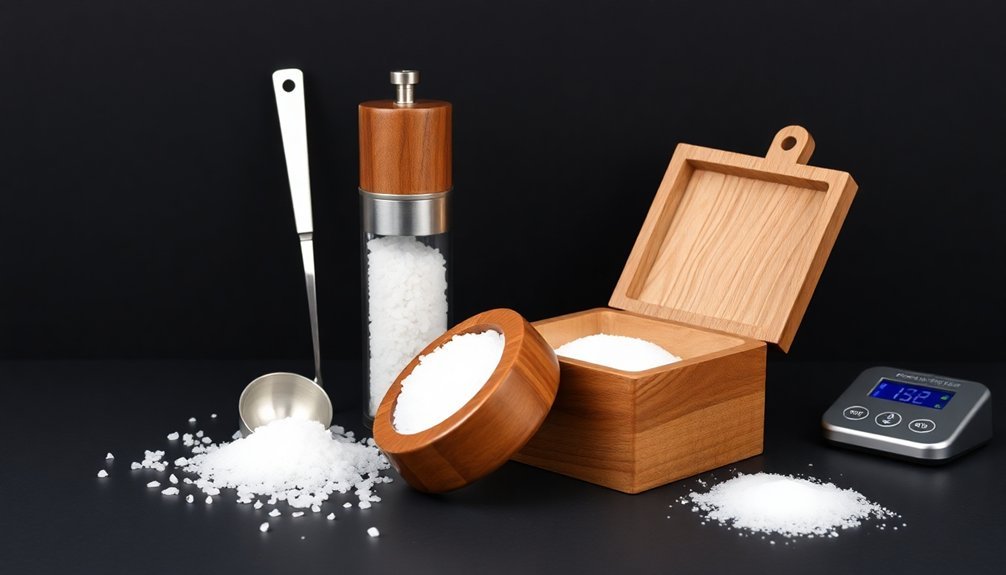
Leave a Reply